On the afternoon of October 17, BYD launched the SEAL 5 DM-i in Vietnam for 696 million VND. This is the first C-class sedan using plug-in hybrid (PHEV) technology in the popular segment, targeting urban users who want to drive electric every day but do not worry about range when traveling long distances.
The technical focus of SEAL 5 is the DM-i Super Hybrid powertrain, combining a 1.5L naturally aspirated gasoline engine and a 145 kW electric motor. According to the announcement, the total capacity reaches 209 horsepower, 300 Nm of torque, can run purely on electricity for about 120 km and a combined range of up to 1,200 km, with a consumption of 3.8 liters / 100 km (depending on conditions).

PHEV pioneer in C-segment
In the context that most C-class sedans in Vietnam still use pure gasoline engines or self-charging hybrids (HEV), SEAL 5 offers a different approach: daily electric driving thanks to the ability to charge externally, while still operating on gasoline when needed to travel far. With an electric range of about 120 km as announced, users can handle most inner-city trips without consuming gasoline, if they have a habit of charging regularly.
The price of under 700 million VND for a PHEV model is a remarkable move, when HEV competitors such as Toyota Corolla Altis HEV (from 870 million VND) or Honda Civic e:HEV (940-970 million VND) are significantly more expensive. However, BYD's challenge still lies in brand trust and after-sales service coverage compared to long-standing Japanese brands.
Neutral design language, standard C-class body proportions
BYD SEAL 5 dimensions are in the large group in the C segment: 4,780 mm long, 1,837 mm wide, 1,495 mm high, wheelbase 2,718 mm, ground clearance about 120 mm. The body proportions show an orientation that emphasizes rear seat space and luggage compartment, promising practicality for families.

Overall, the SEAL 5's style is modern and neat, comparable to familiar choices like the Honda Civic or Toyota Corolla Altis. Careful attention to design details helps the car to harmonize with the majority's tastes, which is important for a product that expands the PHEV customer base.
Cabin revolves around digital experience
Entering the cockpit, the center is a 12.8-inch entertainment screen that can rotate vertically/horizontally - a typical detail of BYD - supporting wireless Apple CarPlay/Android Auto. Behind the steering wheel is an 8.8-inch digital clock cluster, clearly displaying information, serving the need to monitor the energy and power flow of the hybrid system.

The central control cluster is minimalist, the dashboard is designed flat, creating a clear visual space. 360-degree camera supports observation, while the V2L (Vehicle-to-Load) feature allows reverse power supply to external devices - useful when camping or when there is a power outage.
Specifications and performance on paper
SEAL 5 uses the DM-i Super Hybrid powertrain: a 1.5L naturally aspirated gasoline engine combined with a 145 kW electric motor. According to the announcement, the total capacity reaches 209 horsepower, 300 Nm of torque. In EV mode, the car can travel about 120 km; when combining both gasoline and electricity, the operating range is up to 1,200 km, with an average consumption of 3.8 liters/100 km (depending on usage conditions, speed and charging habits).
With the PHEV configuration, the greatest value comes from external charging: if the daily schedule is shorter than the electric range, the car consumes almost no gasoline; and when traveling long distances, the gasoline engine helps reduce range anxiety. Actual efficiency and transmission refinement (smoothness, throttle response, electric-gasoline transition) need to be verified through thorough testing on Vietnamese roads.

Safety and driving assistance
According to the announcement, SEAL 5 is equipped with 14 safety features, notably the anti-sudden acceleration feature. 360-degree camera supports parking and observing the surrounding environment. Independent safety ratings (NCAP) have not been mentioned in the launch information, so we need to wait for the rating organizations to announce them for objective reference.

Price and positioning compared to competitors
At 696 million VND, SEAL 5 is cheaper than most C-class gasoline sedans such as Toyota Corolla Altis (725-870 million VND) or Honda Civic (730-970 million VND). Compared to self-charging hybrid versions, the difference of SEAL 5 is even larger (Corolla Altis HEV from 870 million VND; Civic e:HEV 940-970 million VND). In return, BYD is a new brand in Vietnam, the dealer system and after-sales service are not as widespread as long-standing Japanese - Korean brands, factors that buyers need to consider are maintenance and resale value.
Looking at the market at large, PHEVs are not yet popular due to charging infrastructure and high input costs. SEAL 5 is therefore an "opening card" for the green race in the popular sedan segment, where users previously mainly chose gasoline or HEV.
Main specifications table
| Category | Parameter |
|---|---|
| Dimensions LxWxH | 4,780 x 1,837 x 1,495 mm |
| Wheelbase | 2,718 mm |
| Ground clearance | about 120 mm |
| Transmission system | DM-i Super Hybrid (1.5L gasoline + electric motor) |
| Total power/torque | 209 horsepower, 300 Nm |
| Electric motor power | 145 kW |
| Electric range | about 120 km |
| Combined operating range | up to 1,200 km |
| Fuel consumption | 3.8 liters/100 km (according to announcement) |
| Outstanding equipment | 12.8-inch rotating screen; 8.8-inch clock; 360-degree camera; V2L |
| Selling price | 696 million VND |
Conclude
The BYD SEAL 5 DM-i offers an attractive proposition: PHEV technology, a remarkable electric range and a price tag under VND700 million – factors that have never appeared together in the segment. This is a suitable choice for users with stable charging points and who want to travel most of their journeys by electric during the week.
Advantage
- PHEV technology with external charging, electric range of about 120 km (according to announcement).
- The price of 696 million VND creates an advantage over gasoline cars and HEVs of the same class.
- Technology equipment: 12.8 inch rotating screen, 360 degree camera, V2L.
Disadvantages
- Charging infrastructure and charging habits are still barriers for the majority.
- Brand trust and service network take time to expand.
- Actual performance and operating sophistication need to be verified through testing.
Source: https://baonghean.vn/danh-gia-byd-seal-5-dm-i-phev-sedan-hang-c-gia-696-trieu-10308408.html


![[Photo] Cat Ba - Green island paradise](/_next/image?url=https%3A%2F%2Fvphoto.vietnam.vn%2Fthumb%2F1200x675%2Fvietnam%2Fresource%2FIMAGE%2F2025%2F12%2F04%2F1764821844074_ndo_br_1-dcbthienduongxanh638-jpg.webp&w=3840&q=75)





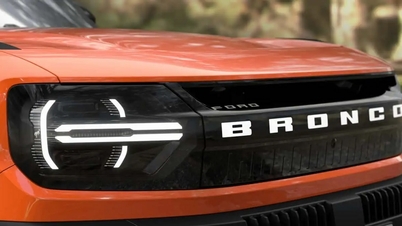



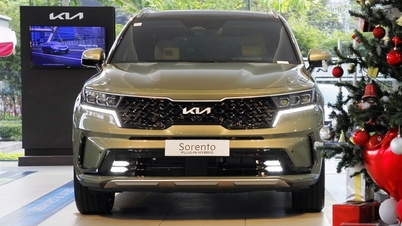

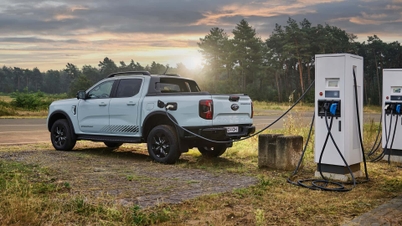

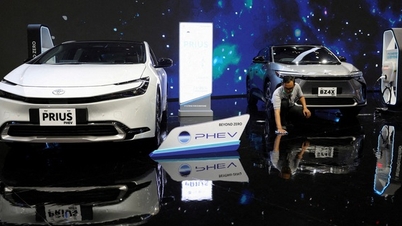





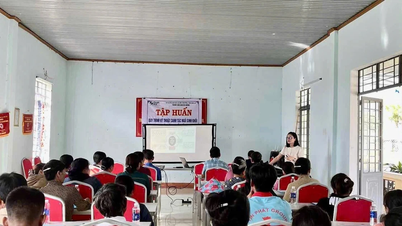
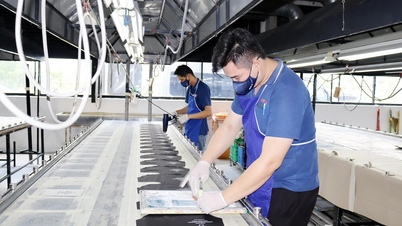










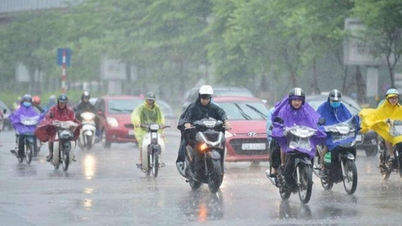



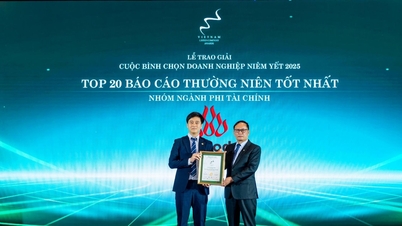





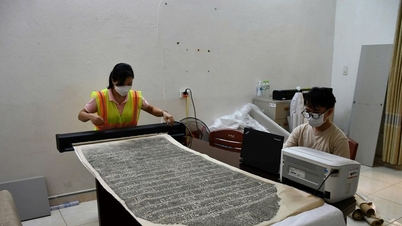





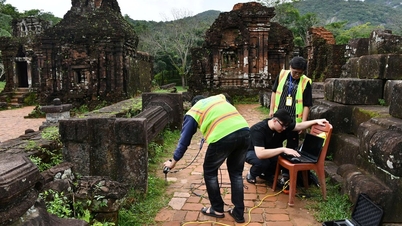













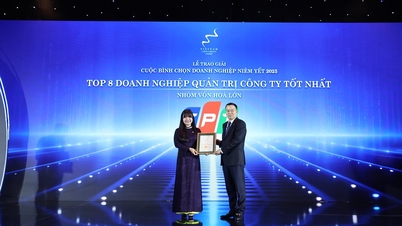


![[VIMC 40 days of lightning speed] Da Nang Port: Unity - Lightning speed - Breakthrough to the finish line](https://vphoto.vietnam.vn/thumb/402x226/vietnam/resource/IMAGE/2025/12/04/1764833540882_cdn_4-12-25.jpeg)









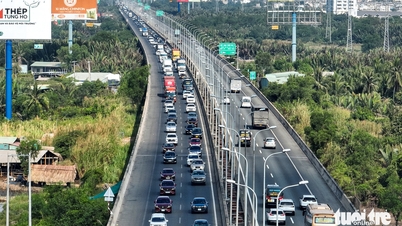







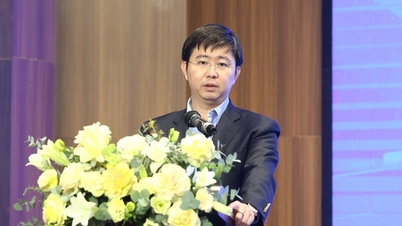

























Comment (0)